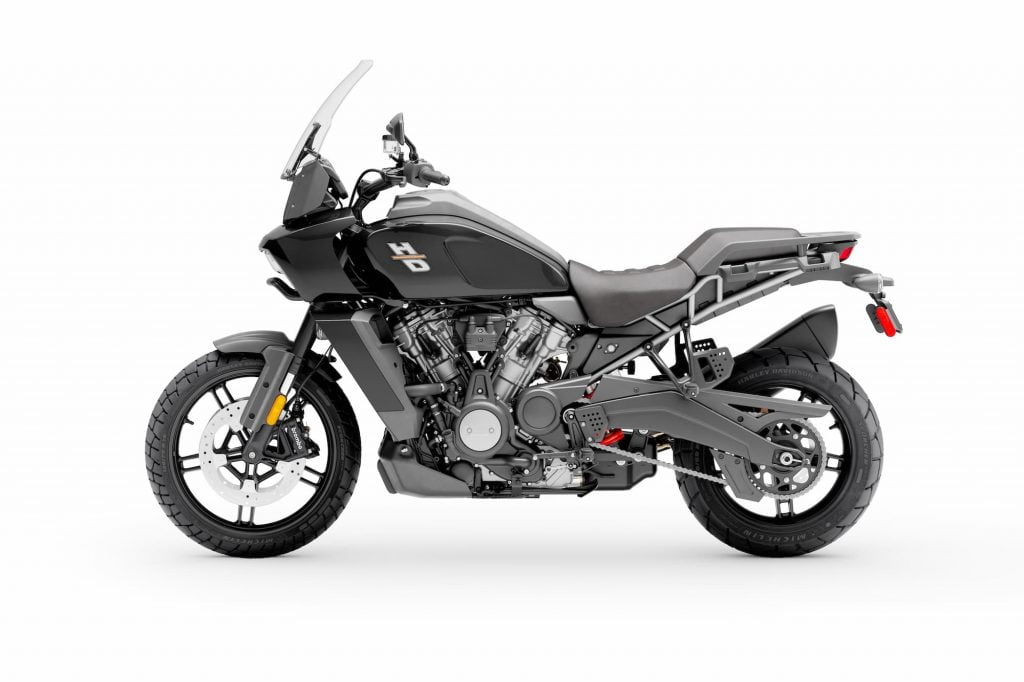- Arabic
- French
- Russian
- Spanish
- Portuguese
- Turkish
- Armenian
- English
- Albanian
- Amharic
- Azerbaijani
- Basque
- Belarusian
- Bengali
- Bosnian
- Bulgarian
- Catalan
- Cebuano
- Corsican
- Croatian
- Czech
- Danish
- Dutch
- Afrikaans
- Esperanto
- Estonian
- Finnish
- Frisian
- Galician
- Georgian
- German
- Greek
- Gujarati
- Haitian Creole
- hausa
- hawaiian
- Hebrew
- Hindi
- Miao
- Hungarian
- Icelandic
- igbo
- Indonesian
- irish
- Italian
- Japanese
- Javanese
- Kannada
- kazakh
- Khmer
- Rwandese
- Korean
- Kurdish
- Kyrgyz
- Lao
- Latin
- Latvian
- Lithuanian
- Luxembourgish
- Macedonian
- Malgashi
- Malay
- Malayalam
- Maltese
- Maori
- Marathi
- Mongolian
- Myanmar
- Nepali
- Norwegian
- Norwegian
- Occitan
- Pashto
- Persian
- Polish
- Punjabi
- Romanian
- Samoan
- Scottish Gaelic
- Serbian
- Sesotho
- Shona
- Sindhi
- Sinhala
- Slovak
- Slovenian
- Somali
- Sundanese
- Swahili
- Swedish
- Tagalog
- Tajik
- Tamil
- Tatar
- Telugu
- Thai
- Turkmen
- Ukrainian
- Urdu
- Uighur
- Uzbek
- Vietnamese
- Welsh
- Bantu
- Yiddish
- Yoruba
- Zulu
Nov . 05, 2024 12:53 Back to list
v belt cost
Understanding V-Belt Cost Factors, Impacts, and Solutions
V-belts are essential components in various mechanical systems, widely used in industrial machinery and automotive applications. They play a critical role in transmitting power between rotating shafts, offering efficient power transfer while accommodating misalignment. Though their function seems simple, understanding the cost implications of V-belts is crucial for businesses and maintenance operations. This article will delve into the factors affecting V-belt cost, the implications of selecting different types, and strategies for managing these costs effectively.
Factors Affecting V-Belt Cost
1. Material Composition The material used to manufacture V-belts significantly influences their cost. V-belts may be made from rubber, polyurethane, or a combination of synthetic materials. For instance, rubber V-belts tend to be less expensive than those made from advanced polymers, which offer better durability and resistance to heat and wear.
2. Type and Design There are several types of V-belts, including classical, cogged, and synchronous belts. Each design serves different applications and comes at varying price points. For example, cogged belts, which feature notches for flexibility and moisture resistance, tend to be more expensive than traditional V-belts due to their advanced design.
3. Brand and Quality The manufacturer of the V-belt affects its cost. Well-known brands that are recognized for quality and reliability often command higher prices. Investing in high-quality belts may prevent frequent replacements and maintenance, ultimately saving costs in the long run.
4. Size and Specifications V-belts come in different sizes and specifications tailored for specific machinery. Custom-sized belts can be more expensive than standard options, as the production process requires precision and additional resources.
5. Volume Purchases Buying in bulk can lead to lower prices per unit. Companies looking to minimize their V-belt costs should consider purchasing larger quantities, especially if they have ongoing machinery maintenance or operational needs.
Impacts of V-Belt Cost on Operations
The costs associated with V-belts go beyond their purchase price. V-belt longevity, performance, and the frequency of replacements can significantly impact operational efficiency and maintenance budgets.
v belt cost

1. Downtime A malfunctioning or worn-out V-belt can lead to unexpected downtime, which is often costlier than the belt itself. Businesses must account for lost productivity, potential repairs, and even delays in service delivery.
2. Maintenance Costs Frequent replacements of low-quality belts increase maintenance costs and labor associated with installation and adjustments. Investing in high-quality V-belts can mitigate frequent failures and reduce the total cost of ownership.
3. Energy Efficiency The choice of V-belt can affect the energy efficiency of machinery. V-belts that slip or do not properly engage can cause increased energy consumption and higher operational costs. Selecting the right type and size can enhance efficiency and lower energy bills.
Strategies for Managing V-Belt Costs
1. Regular Maintenance Implementing a regular maintenance schedule can extend the life of V-belts. Regular inspections, adjustments, and cleaning can prevent premature wear and ensure proper alignment, which is crucial for prolonging a belt's lifespan.
2. Invest in Quality While it may be tempting to purchase cheaper belts, investing in high-quality products often proves more economical over time due to their durability and reliability.
3. Educate Staff Ensuring that operational staff understands the importance of V-belt function and maintenance can lead to better handling and care, minimizing accidental damage and wear.
4. Supplier Relationships Building good relationships with suppliers can lead to better prices and service. Engaging in long-term contracts or agreements may yield discounts and ensure a steady supply of necessary components.
5. Technology and Monitoring Utilizing technology such as condition monitoring systems can help in predicting failures before they occur. Early detection of wear can facilitate timely replacement, reducing costs and preventing downtime.
In conclusion, while the cost of V-belts may seem straightforward, it encompasses various factors that impact overall operational efficiency. By understanding these variables and employing effective management strategies, businesses can optimize their V-belt expenditures, ensuring a balance between cost and performance. Proper selections, supported by regular maintenance and supplier engagement, will lead to better resource management in machinery operations.
-
Korean Auto Parts Timing Belt 24312-37500 For Hyundai/Kia
NewsMar.07,2025
-
7PK2300 90916-T2024 RIBBED BELT POLY V BELT PK BELT
NewsMar.07,2025
-
Chinese Auto Belt Factory 310-2M-22 For BMW/Mercedes-Benz
NewsMar.07,2025
-
Chinese Auto Belt Factory 310-2M-22 For BMW/Mercedes-Benz
NewsMar.07,2025
-
90916-02660 PK Belt 6PK1680 For Toyota
NewsMar.07,2025
-
drive belt serpentine belt
NewsMar.07,2025

